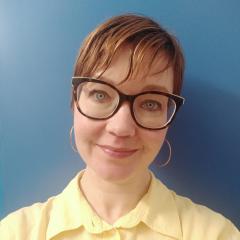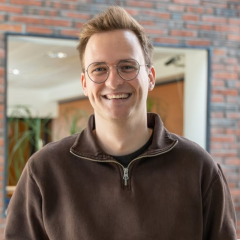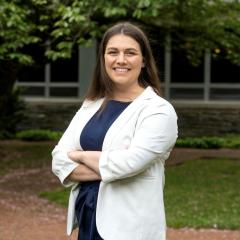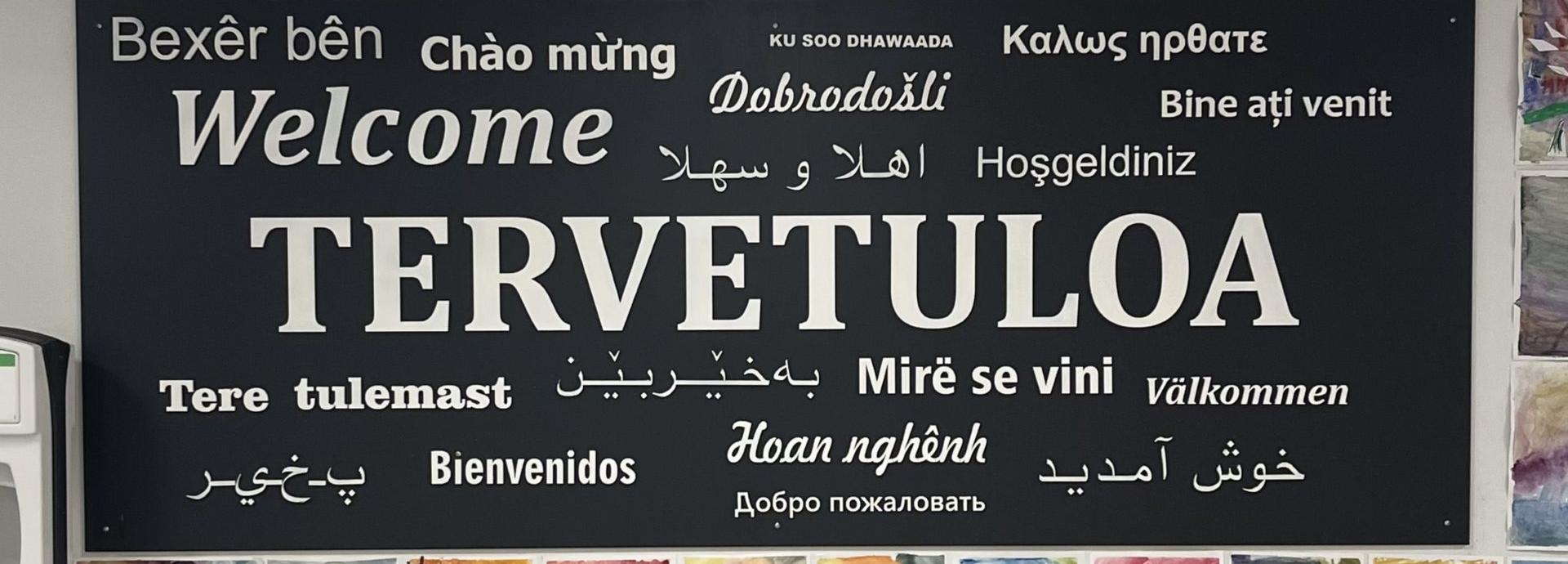

An official-looking envelope arrived in the mail shortly before I left the U.S. I opened it to find my eagerly awaited Finnish residence permit, plus an unexpected guidebook welcoming me to Finland. Translated into English, the modern cover depicted a colorful snowy landscape under the northern lights I hoped to see for the first time. Inside, it was full of practical essential information. I didn’t know it yet, but this thoughtful resource would end up meaningfully influencing my research project.
From San Francisco to Turku
I was taking a sabbatical from the public school where I had spent the past ten years teaching culturally and linguistically diverse newcomer students—emerging multilingual learners who had been in the U.S. for less than three years—to participate in the Fulbright Distinguished Awards in Teaching Research Program in Finland. Hosted by the University of Turku and its teacher training school, I would explore new perspectives, policies, and practices to better support this growing group of students who deserve equitable opportunities to thrive.
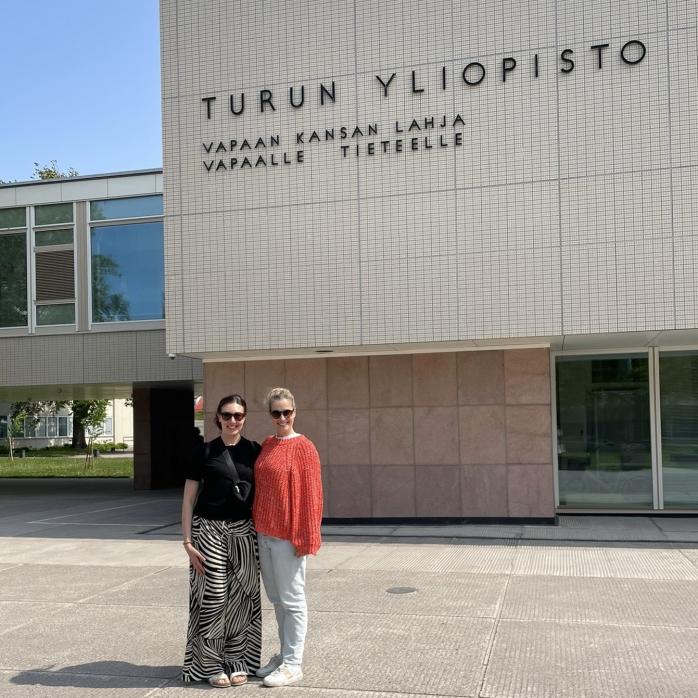
I arrived in Turku in early January, on the first day of the second semester there and at home. The city’s basic education schools reminded me of my own public school district in many ways—serving a similar share of multilingual learners and newcomer students—but with even greater linguistic diversity. In basic education in Turku, twenty-three percent of students had an immigrant background, a number expected to rise to 30 percent by 2030, and together they spoke over 100 different home languages. Over the semester, I visited local schools, observed classrooms, interviewed educators and students, and attended Finnish classes as a language student myself.
Being new
I learned about supports such as preparatory education groups, the Finnish as a Second Language syllabus, and mother tongue instruction, and observed teachers utilize language aware approaches. I gained ideas and inspiration for how to feasibly adopt or adapt components of these practices into my own classroom and school.
I was not a newcomer in the same sense as my students—I was in Finland temporarily, by choice, and could rely on English. Yet even with these privileges, I found myself navigating some of the same challenges my students face: the disorientation of getting lost, the frustration of not understanding the language, the confusion of unfamiliar norms, and the loneliness of a solo meal.
What I didn’t expect to learn was just how much the experience of being new would impact me and my research. Though I’d lived outside the U.S. before, this was my first time doing so while specifically studying supports for newcomers. I was not a newcomer in the same sense as my students—I was in Finland temporarily, by choice, and could rely on English. Yet even with these privileges, I found myself navigating some of the same challenges my students face: the disorientation of getting lost, the frustration of not understanding the language, the confusion of unfamiliar norms, and the loneliness of a solo meal.
While these experiences reminded me how exhausting it can be to live in a new country, they also made me deeply aware of the many intentional actions to welcome and include me—and the positive impact those efforts had. Fulbright Finland’s arrival orientation, 1:1 introduction meetings with university faculty, consistent advisor check-ins, and regular invitations from my alumni buddy contributed to my sense of belonging, and gave me insights and ideas for how to better support my newly arrived students. Thinking back to that initial welcome guidebook, how receiving it made me feel, and how far I'd come, I was inspired to provide my new students with that same feeling.
Bringing the lessons home
I’m now back in my classroom in the U.S. for another school year and am engaging my intermediate-level English students in the new curriculum project I developed as a part of my research product. They are collaborating to create a multilingual welcome guidebook for our school to give to new students as they arrive.
This project is already contributing to a sense of belonging for both new arrivals and returning newcomers while drawing on my students’ lived experiences, affirming their cultural and linguistic identities and increasing their English language and literacy skills, sense of agency, empathy, and responsibility within their school community.
The lessons I learned there mean I returned to my school this year with not only greater expertise and empathy, but also a renewed sense of purpose, inspiration, and responsibility to create change in my school, district, and beyond—while empowering my students to do the same.
By the end of my stay, I had seen the northern lights in real life—more magical than they appeared on the cover of that first guidebook—and I truly felt that I belonged in Finland. The lessons I learned there mean I returned to my school this year with not only greater expertise and empathy, but also a renewed sense of purpose, inspiration, and responsibility to create change in my school, district, and beyond—while empowering my students to do the same. Everyone deserves to feel welcome in a new place, and each of us has the power to foster a sense of belonging in our communities through even the smallest gesture.
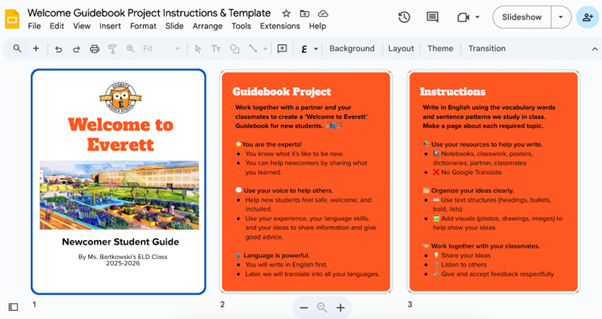
Learn more about Annie’s project “Learning in a New Country: Lessons from Finland for Educating Newcomer Students”!

